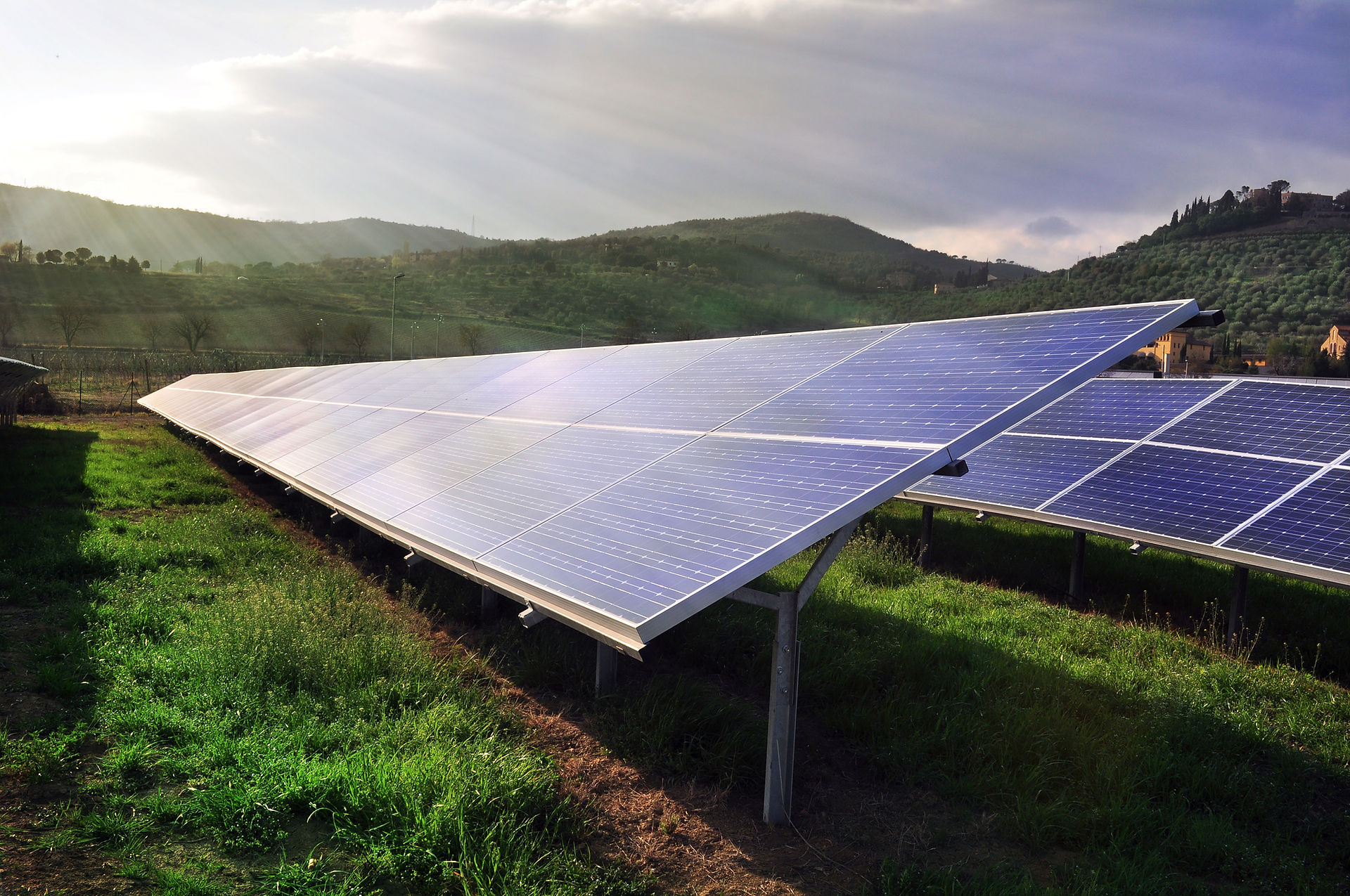
K-Rated ht Transformers
The use of K-rated HT transformers have become a popular means of addressing harmonic related overheating problems where personal computers, Commercial/non-commercial equipments, Industrial equipments and other similar power electronics machines are found in high concentrations.
These non-linear loads generate harmonic currents which can substantially increase transformer losses. The K-rated transformer has a more rugged design intended to prevent failure due to overheating. Unfortunately, a transformer designed simply to protect itself fails to address the other important problems associated with harmonics. Specifically, in order to prevent high voltage distortion levels from adversely affecting the equipment loads, the transformer must be capable of handling harmonic currents and fluxes within its windings by ensuring that IEEE Std 519 voltage distortion limits are met throughout the power distribution system.
It is quite commonly known that harmonics generated by non-linear loads can cause serious overheating problems in standard distribution transformers. Even under much less than fully loaded conditions, transformers have been known to fail catastrophically. One of the main reasons for this is that harmonic currents will dramatically increase the eddy current losses in a transformer.
K-Rated Transformers can be the solution for following issues
1. Power factor correction capacitor failures due to overloading and or system resonance
2. Overheating cables, transformers and other distribution equipment reducing their life span
3. High voltage distortion (typically in the form of flat-topping) especially when operating on weak sources, such as emergency generators or UPS systems.
False tripping of circuit breakers
4. Premature failure of rotating equipment (motors, generators, etc.)
5. Mis-operation or component failure in PLCs, computers or other sensitive loads
Advantages
Low Heating
Prevent the overheating of the transformer by adjusting K factor
Lower Harmonics Losses
Reducing losses caused by harmonics (I-THD) amplification. Also prevents neutral overheating .
Economical & Efficient
More economical than using a Standard Transformer. More efficient in reducing losses.
Conclusion
It is important to note that K-factor rating is a heat survival rating and not a treatment to lower the harmonic content from associated loads. Surviving the extra heat means using more core and coil material and, often, different construction techniques. Depending on the manufacturer’s design, harmonic losses may be reduced to varying small degrees. Ironically, even though the designated use of the K-rated transformer is to feed non-linear loads, manufacturers publish their loss data under linear load conditions in order to evaluate transformer efficiency values required by governmental regulations.
